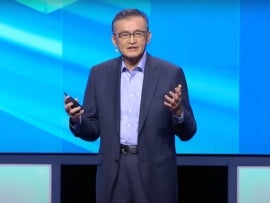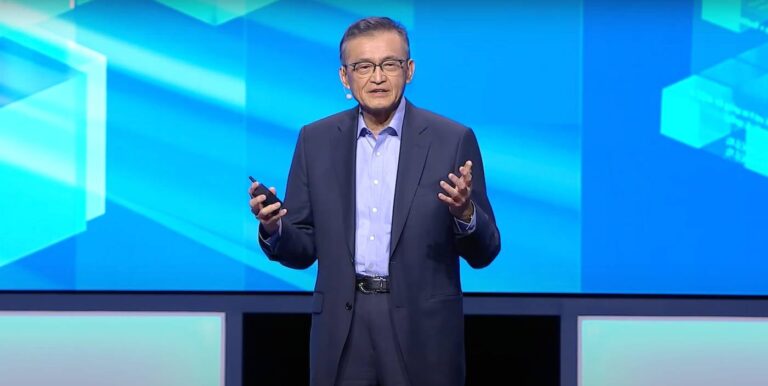
Intel and Japanese multinational investment holding company SoftBank Group have partnered to create a stacked DRAM substitute for HBM, or High Bandwidth Memory. The two tech giants established Saimemory, which will focus on developing stacked DRAM memory chips for AI applications.
According to recent reports from Japanese outlet Nikkei, Saimemory will produce chips that require 50% less power to operate than other high-bandwidth memory solutions. Saimemory’s prototype will use Intel technology as well as patents from Japanese academia, including the University of Tokyo. This innovation could reshape the global memory chip market.
The project is on the fast track, with a completed prototype and mass production viability assessment currently targeted for 2027, and commercialization expected before 2030.
The tech used to create the next-gen memory chips will involve more efficient methods of internal wiring and stacking DRAM chips, reducing their energy consumption by up to 50% compared to HBM. Saimemory’s offerings aim to provide performance similar to that of HBM.
Revitalizing Japan’s chip industry
The project is intended to improve Japan’s chip industry by developing DRAM for artificial intelligence that can meet the increasing demand for energy-efficient AI among Japanese data centers. SoftBank’s involvement will allow the firm priority access to the chips Saimemory develops.
SoftBank is investing ¥3 billion in the ¥10 billion project, with additional backing potentially coming from chip substrate maker Shinko Electric Industries and Japan’s Riken Research Institute. SoftBank’s monetary investment and contributions of industry knowledge and engineering support will accelerate the development of the new chips, which are designed with sustainability to reduce costs and energy usage within Japan’s AI data centers.
Although Japanese firms ruled the market in the 1980s, the rise of Taiwanese and South Korean suppliers had edged out many of Japan’s memory chip manufacturers. The Saimemory venture will be the first time Japan aims to become a major memory chip supplier in over two decades.
Intel’s move back to the memory market
This involvement from Intel comes as a surprise, considering the company ceased its work in memory to prioritize its core offerings in 2022. The current AI revolution has caused demand to increase in the HBM market, and Intel’s involvement in the Saimemory venture could be a lucrative opportunity to help the company reintegrate within the memory market.

